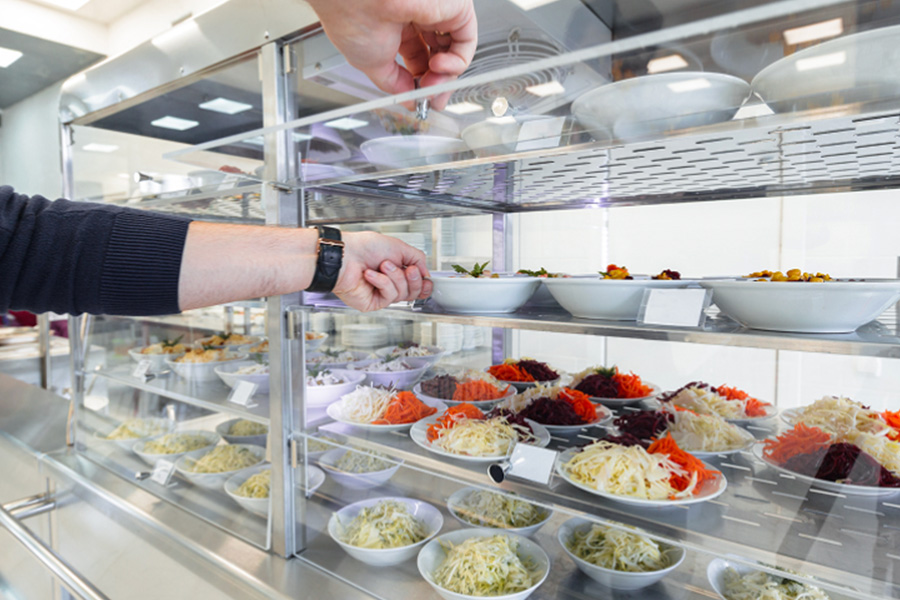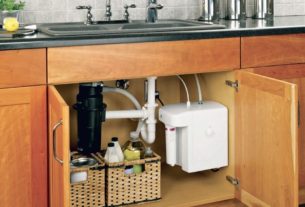In Singapore, the idea of a food hub has transformed into a full-blown logistical powerhouse, complete with climate-controlled cold rooms that are anything but ordinary. These spaces are places to store food, where culinary magic begins, safety standards are upheld, and supply chains are streamlined like never before. This article takes a closer look behind the chilled doors of Singapore’s food hubs, breaking down milestones, new developments, and surprising insights to help you navigate this evolving sector.
How Food Storage Grew Up in Singapore
Singapore’s journey to becoming a central food hub in Asia has been anything but accidental. Given its lack of natural resources and dependence on imports, the city-state has always prioritised food safety and efficient logistics. The development of modern food hubs was a response to growing consumer demand and stringent government regulations.
Facilities have elevated the local industry by integrating advanced cold room technology. Cold rooms in Singapore today are temperature-controlled boxes, precise environments that maintain food integrity, prevent spoilage, and meet specific industry standards for different food types. The combination of warehousing and refrigeration in one central location means Singapore’s food hubs are ecosystems.
Cold Room Innovations You Should Know
Cold rooms in Singapore have evolved beyond traditional cooling. These days, you’ll find systems with zoning capabilities. This matters when storing a mix of fresh vegetables, frozen seafood, and prepared meals. Some facilities now offer smart temperature tracking, real-time alerts, and energy-efficient systems designed to reduce environmental impact.
Interestingly, many freehold facilities are investing in their cold room infrastructure, giving tenants more control and stability. This shift reduces reliance on shared, lease-based models, helping businesses cut long-term costs. While some may associate cold rooms in Singapore with large corporations, even SMEs and home-based food businesses are now exploring these spaces due to increased accessibility and modular leasing options.
What Food Hubs Offer Businesses
If you think a food hub in Singapore is just a larger version of a storage facility, think again. These centres are designed with scalability in mind. A business can have a modest space and expand without relocating. Additionally, many hubs offer amenities, such as loading bays, food-grade flooring, and water supply systems. In some cases, offices for admin and operations are convenient for streamlining daily logistics.
For those in catering, import-export, or food tech, integrating operations with a cold room in Singapore can reduce time delays and ensure quality assurance. The real value lies in the efficiency these spaces provide, acting as a backbone for Singapore’s fast-paced food industry. With the right space, your supply chain becomes smoother, your compliance easier, and your service delivery faster.
Making a Case for Owning a Freehold Food Hub Unit
Renting has long been the default for businesses, but the game is changing. Freehold food factory units are gaining popularity, particularly as rental rates for industrial spaces in Singapore continue to rise. Buying a unit in a strategically located food hub ensures long-term cost control and grants operational independence.
More importantly, these spaces come with built-in cold room infrastructure or the flexibility to install custom setups, ideal for food businesses with specific temperature or hygiene requirements. While the upfront cost may be higher, the long-term savings and stability make it a solid strategic move for businesses with medium- to long-term growth plans. Whether you’re expanding a café operation or scaling a food import business, owning your cold storage real estate can make all the difference.
Regulatory and Logistical Realities
Here’s where it gets serious. Cold rooms in Singapore and food hub operations must comply with strict NEA and SFA standards. From temperature logging to pest control and hygiene certifications, operators are expected to keep up with regulatory requirements. These are bureaucratic hurdles to ensure food safety for the public.
Moreover, cold rooms must be maintained consistently. Poor insulation or malfunctioning cooling can lead to devastating losses, particularly for perishable goods. Businesses need to factor in energy costs, regular servicing, and backup plans for power outages. A well-chosen food hub in Singapore will often have contingency support and on-site facility managers to mitigate these risks.
Conclusion
Singapore’s food hubs and cold room infrastructures have redefined what it means to store and manage food. No longer just about shelves and coolers, these spaces are now sophisticated hubs of safety, efficiency, and growth potential. From SME caterers to multinational food processors, the demand for well-equipped, regulation-compliant, and scalable spaces is increasing, and for good reason. As food trends evolve and consumer expectations rise, the ability to adapt quickly, store smartly, and operate within reliable infrastructure can set a business apart. So, whether you’re searching for your next business space or just curious about what happens behind those frosty food hub doors, one thing is clear: the future of food in Singapore is chillingly bright.
Enquire at EcoFood@Mandai today.





